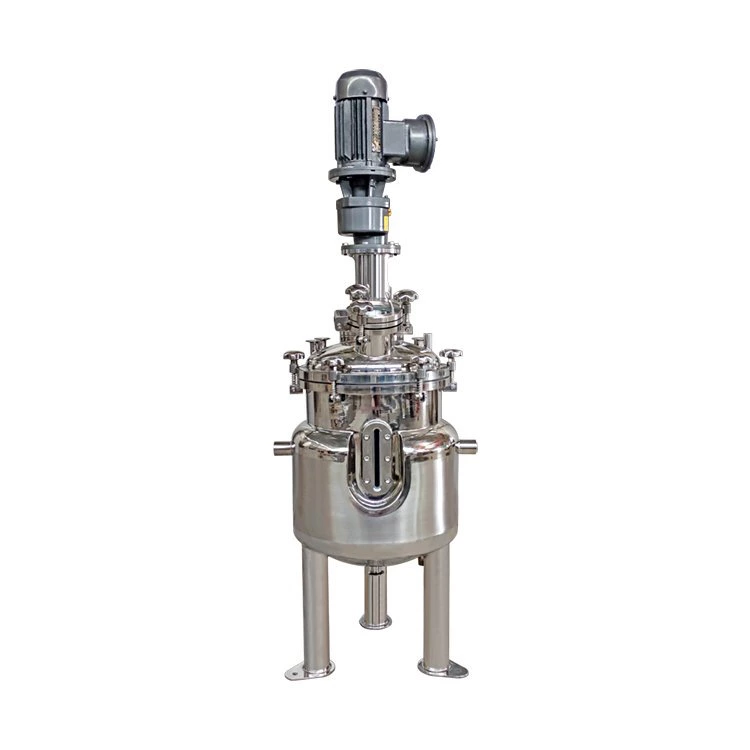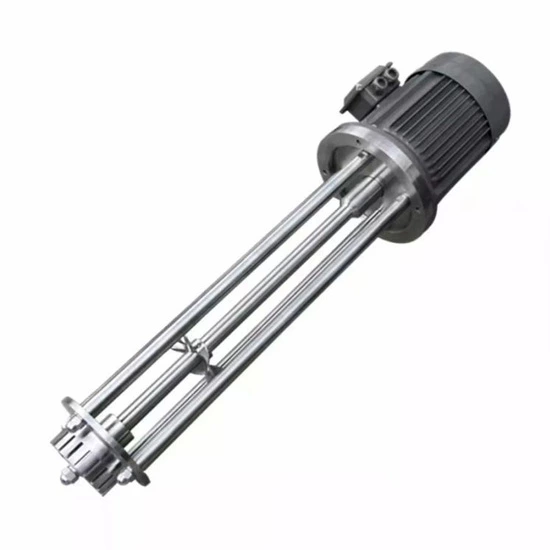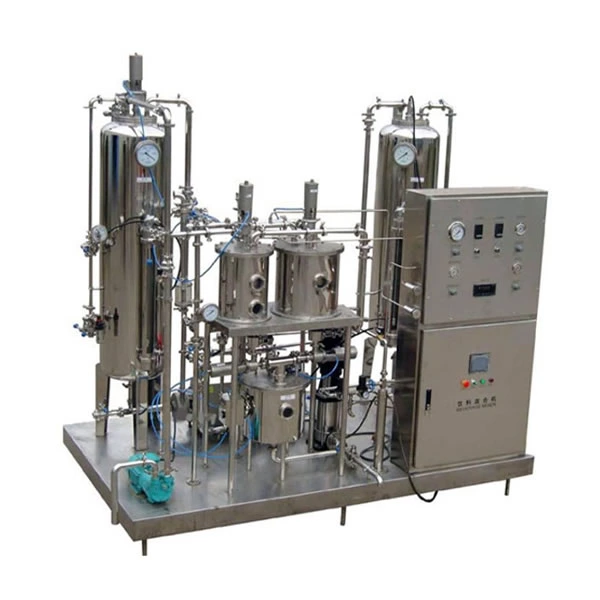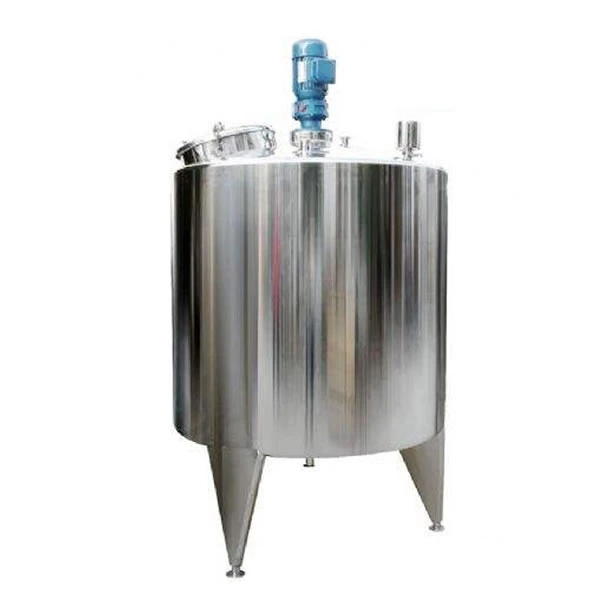Overview Of Emulsification Mixing Tank
Mixing Tank has been widely used in industry. Here is an overview of the application of emulsifying mixing tanks.
Emulsifying mixing tanks are suitable for pre-cooking, mixing (frying), mixing and concentrating of materials with high viscosity (or concentration) such as food, prepared food (sauces), pharmaceuticals (creams), daily chemicals (creams), adhesives, coatings, etc. It can also be equipped with a vacuum system according to process requirements to mix materials under vacuum.
Operating procedures for emulsifying mixing tanks.
Inspection before starting
1. Check whether each pressure gauge is calibrated and within the validity period of the calibration. If exceeded, the instrument that has been calibrated and is within the validity period of the calibration should be replaced. Check whether the safety valve is ventilated smoothly and needs to be cleaned with drinking water every shift;
2. Check whether the accessories of the emulsification tank have any leakage;
3. Check the steam pipe pressure after decompression (less than 0.4MPa)
Start-up operation:
1. First add the material. It is strictly forbidden to start the machine with an empty tank. The material must not be less than 5% of the volume. To avoid burning the agitator sleeve. The added material cannot exceed 70% of the tank volume to avoid material overflow during mixing and causing burns.
2. Open the mixing motor circuit breaker and start mixing.
3. Open the steam stop valve and adjust it to the appropriate opening. Check whether the drain valve is draining. If there is no drainage, please notify the equipment power department for maintenance. Observe the tank temperature gauge and appropriately close the stop valve when the temperature exceeds the set value.
The above is the introduction of the emulsification mixing tank. Only more professionalism can bring more efficient work.









